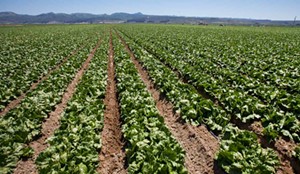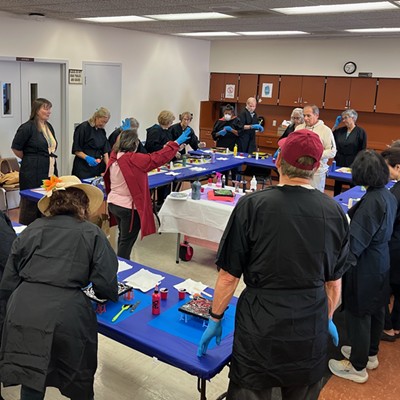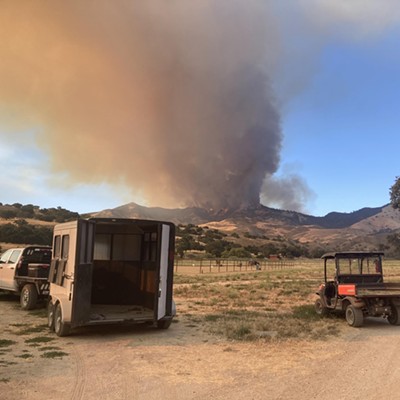California environmental nonprofits and local agriculture organizations recently filed lawsuits against the state and regional water boards over nitrate regulations, but for different reasons.
Agriculture wants a better balance between the need to grow food and need to protect water quality, while environmental groups want to see a limit to nitrates’ use in agriculture.

Nitrates are inorganic compounds containing nitrogen that can come from man-made or natural resources and are used to help with the soil quality in agriculture, but they can cause problems when they enter into ground or surface water, said Ted Morton, executive director for Santa Barbara Channelkeeper.
“Farmworker communities have been concerned about excessive levels of agricultural pollution and programs that aren’t improving water quality for both drinking, fishing, swimming, and other use of creeks and rivers,” Morton said.
Using water that contains nitrates can cause cancer or thyroid disease for adults and issues for pregnant women and infants, specifically blue baby syndrome. According to documents from the Central Coast Regional Water Quality Control Board, the Santa Maria River Valley basin has some of the most significant nitrate contamination, with some wells in the area containing nearly twice the drinking water standard.
The Central Coast Regional Water Quality Control Board, which stretches from Santa Barbara to Santa Cruz County, implements agricultural orders to reduce nitrate use on agricultural land, with the most recent—known as Ag 4.0—proposed in 2021.
“It was the first time they recognized what they were doing was not working, and for the first time they included enforceable limits,” Morton said.
Enforceable limits looked at the amount of nitrogen that should be used as fertilizer on agriculture lands, and Ag 4.0 looked at targeting Central Coast growers that applied more nitrogen than is needed and promoted other measures like using cover crops to keep more nitrogen in the soil, Morton said.
Claire Wineman, president of Grower-Shipper Association of Santa Barbara and San Luis Obispo counties, told the Sun that agricultural organizations were concerned about the enforceable limits on nitrogen applications and filed a lawsuit against the State Water Resources Control Board over Ag 4.0 in early October, she said.
“We have been very involved throughout this process; it’s very important to be responsible stewards for water resources and quality, but it’s also important that we grow food,” Wineman said.
In September, the state water board directed the regional water board to change the order’s discharge requirements because the regional board’s approach was “not found to be consistent with current expert advice and would not have resulted in sufficient protection of the groundwater critical to the communities served,” Edward Ortiz, a spokesperson for the State Water Resources Control Board, said in a statement to the Sun.
“The decision to change these requirements is rooted in the state water board’s standard of using the best data from which to set nitrate values in irrigated lands,” Ortiz said. “In doing so, the board has directed an expert panel to review the data generated by its irrigated lands regulatory programs over the last four years as the basis for calculating more accurate discharge requirements in irrigated lands statewide.”
Santa Barbara Channelkeeper and other organizations along the Central Coast filed a lawsuit on Oct. 27 because they believe that Ag 4.0’s discharge requirements could have been effective in reducing nitrate contamination.
“We’re disappointed. We think the state had an opportunity to take action to support the elements of the Central Coast board’s order that would have created greater accountability for producing nitrate pollution and could have taken steps to allow more use of buffer areas to protect surface waters,” Morton said.
Wineman said that the Grower-Shipper Association and its partners believe that the remanded order “more appropriately balances ongoing improvements and advancements with real world constraints.”
“There were significant improvements in the state order. It provided a better balance and workability in continuing to improve on water quality objectives, [while] providing a pathway for outdoor agriculture cultivation that the Ag 4.0 order would not have,” Wineman said.
The Grower-Shipper Association plans to move forward with the lawsuit and will continue monitoring the board to ensure that it addresses other improvements—like having an expert panel look at the issues of nitrate use and continued analysis of enforceable limits, she said.
“That will be an ongoing process, but it was a significant improvement in having a balance between these different needs,” Wineman said.










